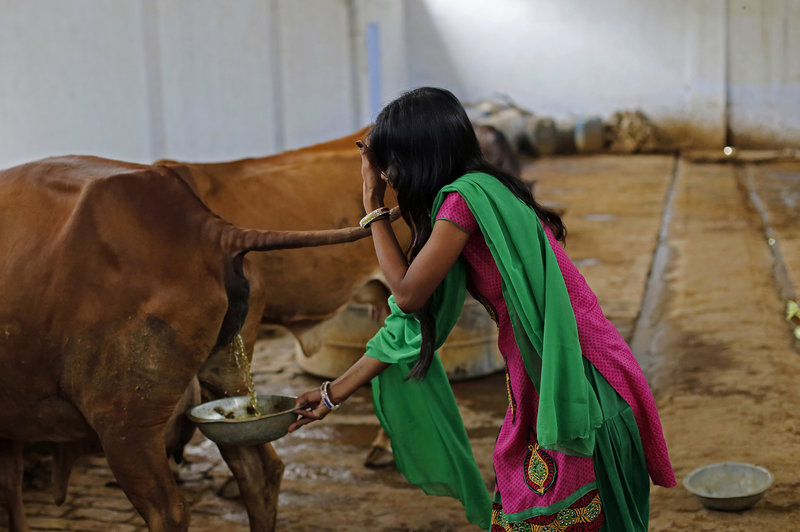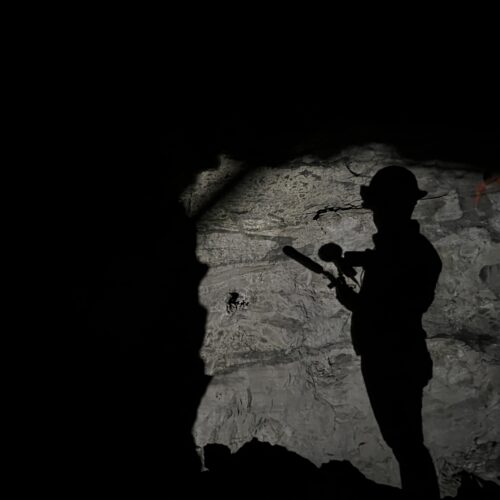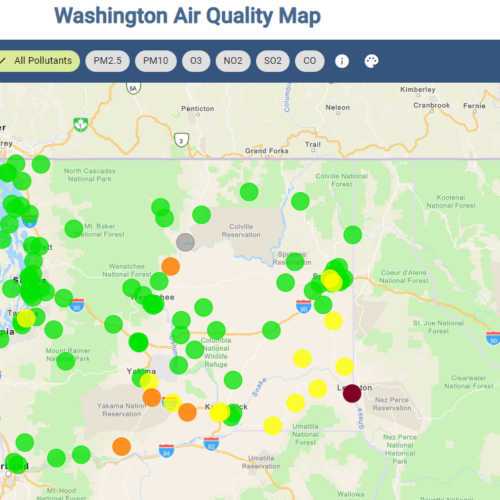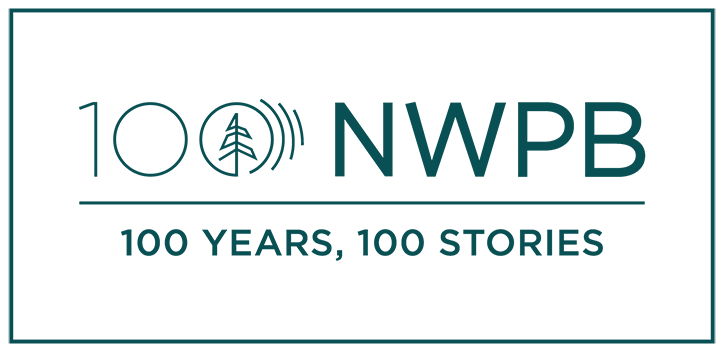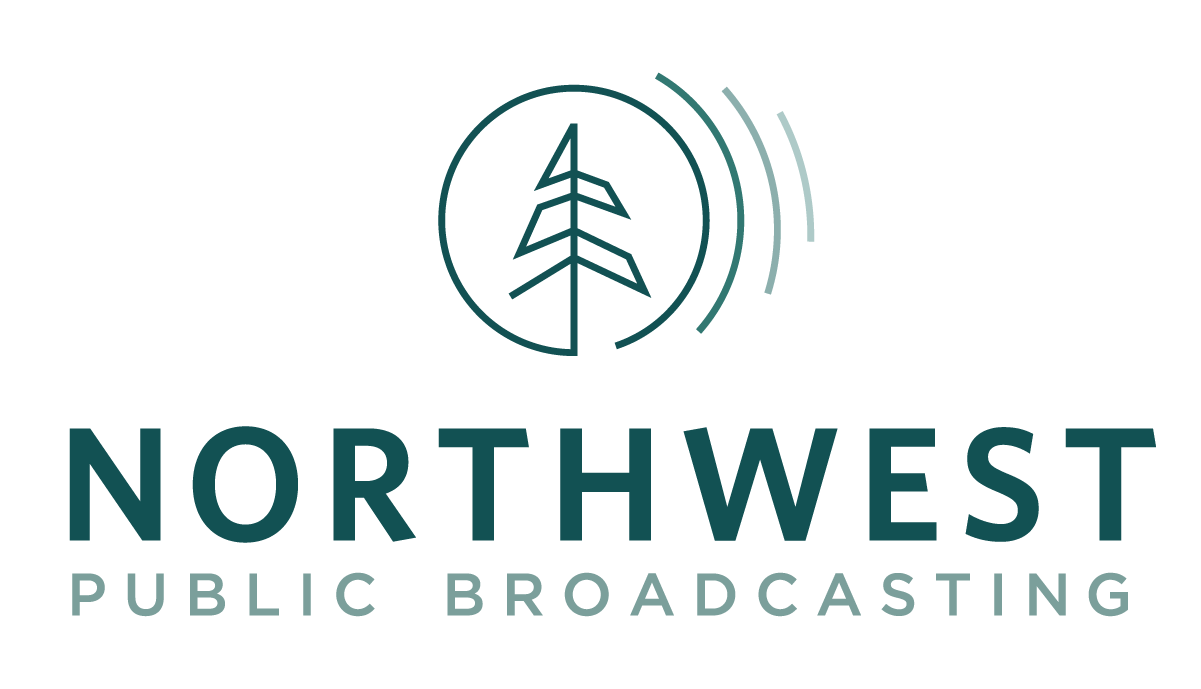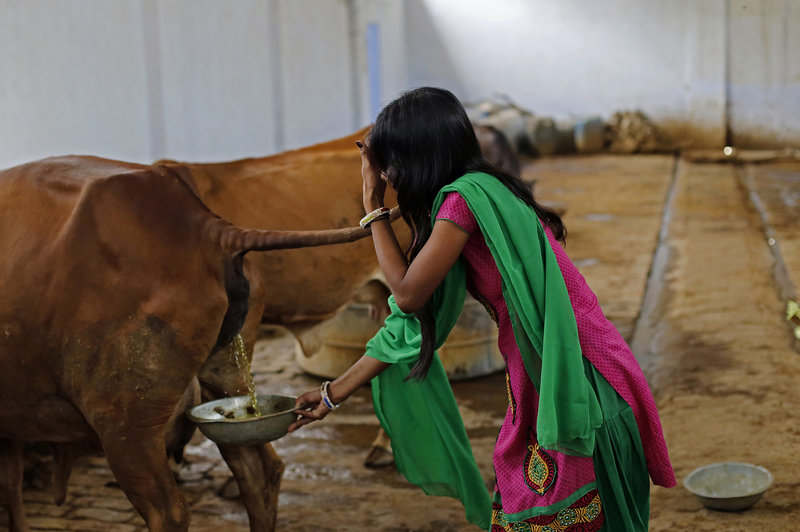
Cow Dung Soap Is Cleaning Up In India
The shelves in Umesh Soni’s little store in downtown Mumbai are neatly stacked with soaps. There are handmade translucent bars, brightly colored circular soaps in tropical variants and square black bathing bars. It looks like any other soap shop.
Except all the soaps include cow dung and cow urine as ingredients.
Why make soap from this stuff?
Cows are sacred in Hinduism. Ayurveda, the ancient Indian science of life, says that cow products like dung, milk and urine have healing properties. Many rural Indian homes use cow dung to pave floors. And many Hindus believe drinking cow urine is good for health.
Soni, 35, started making cow dung soaps in 2008, but he’s certainly not the first to use these items in beauty products. Initially, his customers were devotees at a Hindu temple in Mumbai. Today, the microbiologist and MBA graduate sells to customers from a dozen countries.
In 2012, he launched his own cow-based beauty products line. Cowpathy Care, as it’s called, offers 80 products, including cow dung soaps, cow milk creams and an under-eye gel made from cow urine.
And the market is growing. In 2014, the Hindu nationalist Bharatiya Janata Party (BJP) came to power and made it a special mission to elevate the role of the cow. There have been calls to ban eating beef in many states. Cow protection squads have popped up. Angry mobs have lynched people suspected of smuggling cows.
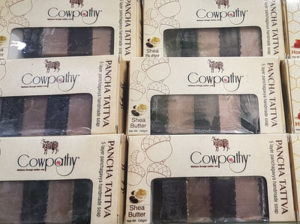
Boxes of soap from Cowpathy Care. Cow dung is dried and turned into a powder, then added to the bars. CREDIT: SUSHMITA PATHAK
And bovine merchandise is on a roll. Stores in India are being flooded with cow-based products, from soaps to toothpaste.
Related Stories:
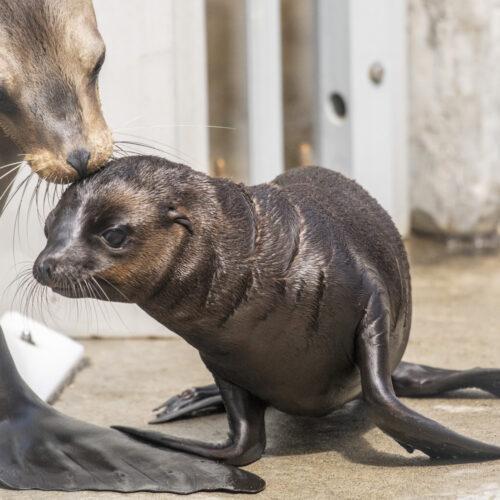
A sea lion pup joins Point Defiance Zoo & Aquarium
The Point Defiance Zoo & Aquarium welcomed a new member into its marine family last month: a California sea lion pup.
Already, Pepper is a spicy and playful pup, said Jen DeGroot, curator of marine mammals and birds at the zoo.

PNW: a pinball paradise (mostly), how a Tri-Cities man is solving the ‘inland drought’
Brent Bowen started playing pinball as a kid in the Tri-Cities. Now, he owns seven pinball machines and hopes to start a league in the Tri-Cities, where there’s a dearth
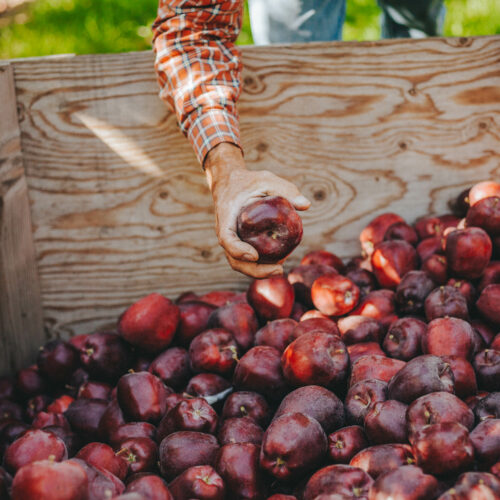
‘Vintage year’ for apple crop, experts say the weather was just right
Freshly picked red delicious apples gather in a bin. Northwest red delicious and galas are again shipping to India after tariffs were lifted. (Courtesy: Washington Apple Commission) Read Many Northwest

